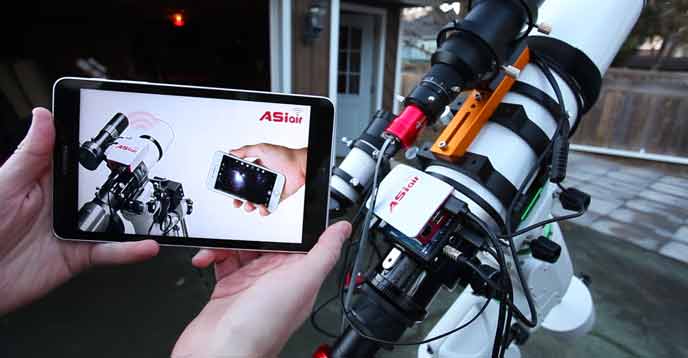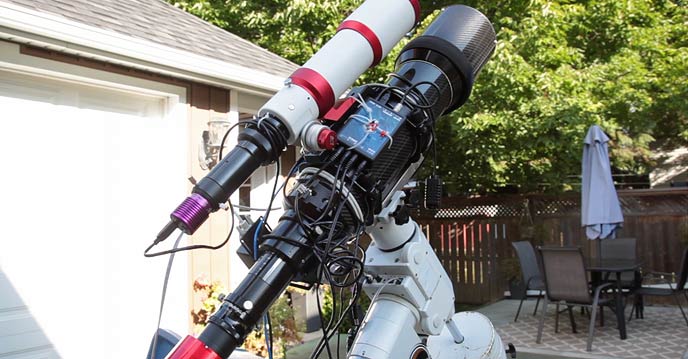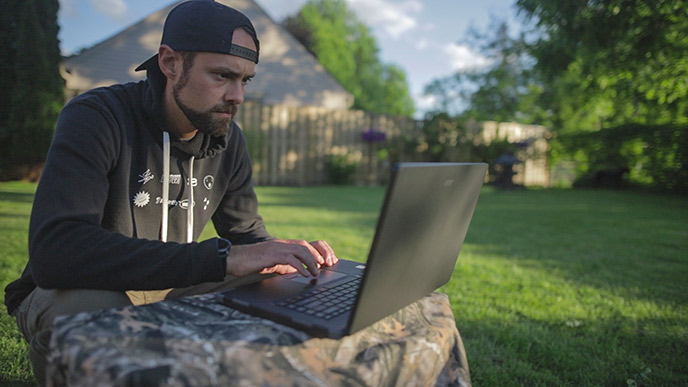Choosing a Computer for Astrophotography Image Processing
Choosing the right computer for image processing can save you a lot of headaches when you’re trying to process those jaw-dropping images of the night sky. Applications like Adobe Photoshop and PixInsight can really push a computer to its limits when processing astrophotography images, so what kind of specs do you need? Here’s a breakdown…




